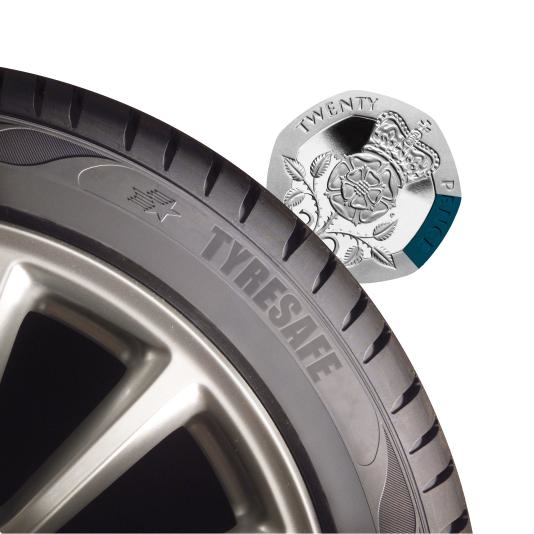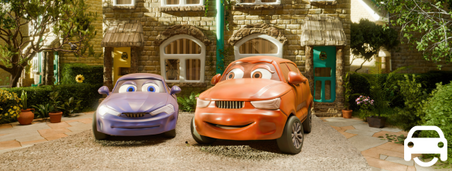Car Tyres - What Do You Need To Know?

Car tyres every driver needs them but when was the last time you paid any attention to those four rubber rings at each corner of your car? Probably when the MOT man shook his head and pointed to the lack of legal tread, or when you pulled onto the hard shoulder and looked forward to changing a flat tyre in the rain.
Here's How To Change Your Spare Tyre
Indeed, avoiding these difficulties is exactly why we should be fascinated by tyres because they are probably the four most important components of any car!
Should the worst happen make sure you are protected with MotorEasy Tyre Insurance, and if you're looking for the best deals on a new set, browse through MotorEasy Tyre Comparison.
Car Tyres Need Air
The essential ingredient for keeping tyres in good condition, to provide maximum performance and the longest lifespan is air, and this is generally available from garage forecourts. It is air that keeps tyres fit and safe and carries the weight of the vehicle and everything in it, not the rubber or the casing material as many people believe!
Checking The Pressure Of Your Car Tyres
Tyre pressures should not be checked during or immediately after a journey while the tyres are still warm. This will result in an incorrect pressure reading. Ideally buy pencil-type pressure gauge so that tyres can be checked regularly (this one comes with a tread depth gauge). Forecourt ones can be inaccurate. Follow the manufacturer recommendations at all times and when in any doubt take your car to a tyre expert at a garage.
Finding Your Recommended Tyre Pressure
Find your car's suggested tyre pressure either in your handbook or on a sticker on the inside of the driver's side door (or enter your reg into this fantastic free tool). You are looking for the pressure which will be displayed in kPa, bar or PSI (often all 3, as in our image.)
Car Tyres Must Be Inspected
Tyres should be checked regularly, we suggest weekly either at home or when visiting a garage. They should be examined for obvious signs of under-inflation, wear, cuts in the tread or sidewalls (see diagram left) , bulges in the sidewalls and stones trapped in the tread grooves, which should be removed. It is also useful to check for leakage at the valves, especially following inflation, and to replace missing valve caps. If tyres show any sign of uneven wear the vehicle should be checked to ensure correct alignment and balance of the wheels.
Car Tyres Must Be Legal
Tyres on a car should also have a minimum of 1.6mm of tread (about the width of the outer edge of a 20p coin) across the central three-quarters of the breadth and in a continuous band around the entire circumference of the tyre. Tyres must also be suitable for the use to which the vehicle is being put and inflated to the correct pressure. Tyres of different types must not be fitted to opposite wheels on the same axle (so the front or back wheels).
So there you have it, the MotorEasy guide to looking after your car's tyres. Remember, if you need help with changing your tyres, or buying new tyres, we're here to help!
Contact MotorEasy about Tyre Insurance









